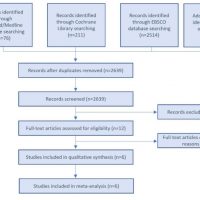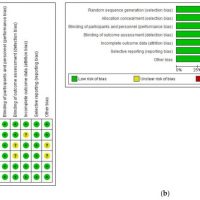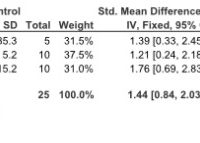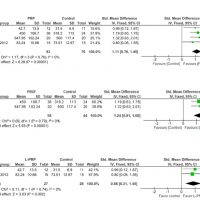- Autore:
- Eduardo Anitua
- Allende M
- Alkhraisat MH
Unravelling Alveolar Bone Regeneration Ability of Platelet-Rich Plasma: A Systematic Review with Meta-Analysis
Abstract
Background: This systematic review aims to evaluate the efficacy of the available platelet-rich plasma (PRP) products and composition to regenerate alveolar bone after tooth extraction.
Methods: PubMed, Cochrane Central Register of Controlled Trials, and EBSCO databases were searched up to 2 July 2021. Only randomized clinical trials using leukocyte-rich plasma (L-PRP) or pure-platelet rich plasma (P-PRP) for bone regeneration in alveolar ridge preservation were selected. The following outcomes were considered: (1) new bone formation (primary outcome) and (2) bone density (secondary outcome). A meta-analysis for PRP, P-PRP, and L-PRP using a fixed effect model was performed with Review Manager 5.4 software. Overall evidence was qualified using GRADE.
Results: Six randomized clinical trials from 2639 unique articles initially identified met the inclusion criteria. The meta-analysis showed a significant effect of the P-PRP on the outcome of new bone formation (SMD, 1.44; 95% CI, 0.84 to 2.03) for P-PRP treatment. No information was retrieved for L-PRP. A statistically significant difference was also observed in the P-PRP group for bone density outcome (SMD, 1.24; 95% CI, 0.81 to 1.68). The L-PRP treated sockets also showed higher bone density (SMD, 0.88; 95% CI, 0.31 to 1.45) in comparison to control sockets. The quality of evidence was moderate for both outcomes in the P-PRP group and low for the L-PRP group.
Conclusions: Despite the limitations of the included studies, our data suggest that P-PRP, in comparison to unassisted healing, can improve alveolar bone regenerative potential. However, more high-quality clinical studies are needed.

 Español
Español
 English
English
 Français
Français
 Português
Português




